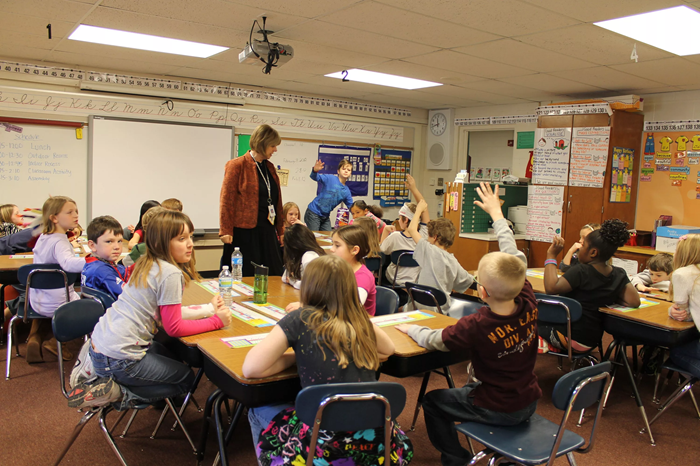There is no centralized state school education system in America. There are no general requirements for teacher qualifications, no general standards for textbooks and teachers.
School education is left to the mercy of states and municipal authorities, while the federal government’s share in controlling and financing schools is only 10%. Parent committees have a huge influence on the formation of curricula, especially in private schools.
School attendance in the states is mandatory. 90% of students attend public schools, 10% attend private schools, half of which are Catholic. Private schools demonstrate an individual approach to the learning process, offering more interesting and intensive programs of study, and provide a very high-quality education. You can enter a private school in any class and study as much as your capabilities allow – the cost of education in them is comparable to a university. Upon completion of their studies, students take two types of exams – SAT I and SAT II (Standard Aptitude Test). The second option is a little more complicated, but it is the one most often required by universities upon admission.
The division of schools into three levels – elementary, middle and “higher” – provides for a separate teaching staff, administration and infrastructure – buildings, stadiums, libraries, etc. This allows younger students not to fall under the influence of older ones, and also helps teachers focus on the characteristics of the corresponding age group. The length of the school year and school day varies significantly from state to state. The school curriculum is also decentralized, with school boards and parents contributing to its creation. School education in the United States is focused on the individual, not the collective, and creates a deep sense of freedom, allowing students to choose academic subjects within certain categories.

